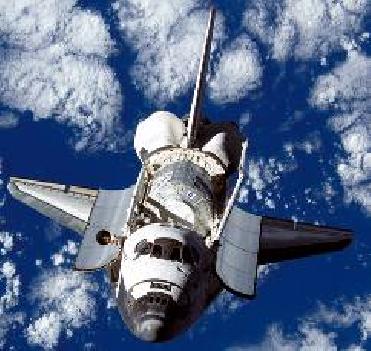
Checks are being performed on the alignment of the magnets in the LHC tunnel. Image Credit: CERN
MOSCOW (BNS): The Large Hadron Collider (LHC) project can be used to understand the �mysterious� events occurring in our Sun, a Russian scientist associated with the project has said.
The scientist, Sergei Karpov and colleagues, have proposed the use of ATLAS � one of the collider�s detectors � to study the mysterious muonic bursts in the Sun which were detected by the Baksan Underground Scintillation Telescope in the Caucasus region of Russia in 1981-2006, Ria Novosti reported on Wednesday.
�The nature of muonic bursts and their possible connection with solar cosmic rays still remain unclear. ATLAS has an excellent muonic system making it possible to search for similar muonic bursts,� the scientists said in an article published in the Nuclear Physics magazine.
The ATLAS is one of the LHC�s main detectors, capable of tracking any processes emerging as a result of elementary particle collisions in the collider.
The collider, located 100 metres under the French-Swiss border with a circumference of 27 km, enables scientists to shoot sub-atomic particles round an accelerator ring at almost the speed of light, channeled by powerful fields produced by superconducting magnets.
By colliding particles in front of immensely powerful detectors, scientists hope to detect the Higgs boson, nicknamed �God�s Particle�.
Discovering the particle could explain how matter appeared in the split-second after the Big Bang.
Over 2,000 physicists from several universities and laboratories across the world, including nearly 700 from Russia, are working in the project.
 Previous Article
Previous Article Next Article
Next Article












The Indian Air Force, in its flight trials evaluation report submitted before the Defence Ministry l..
view articleAn insight into the Medium Multi-Role Combat Aircraft competition...
view articleSky enthusiasts can now spot the International Space Station (ISS) commanded by Indian-American astr..
view article